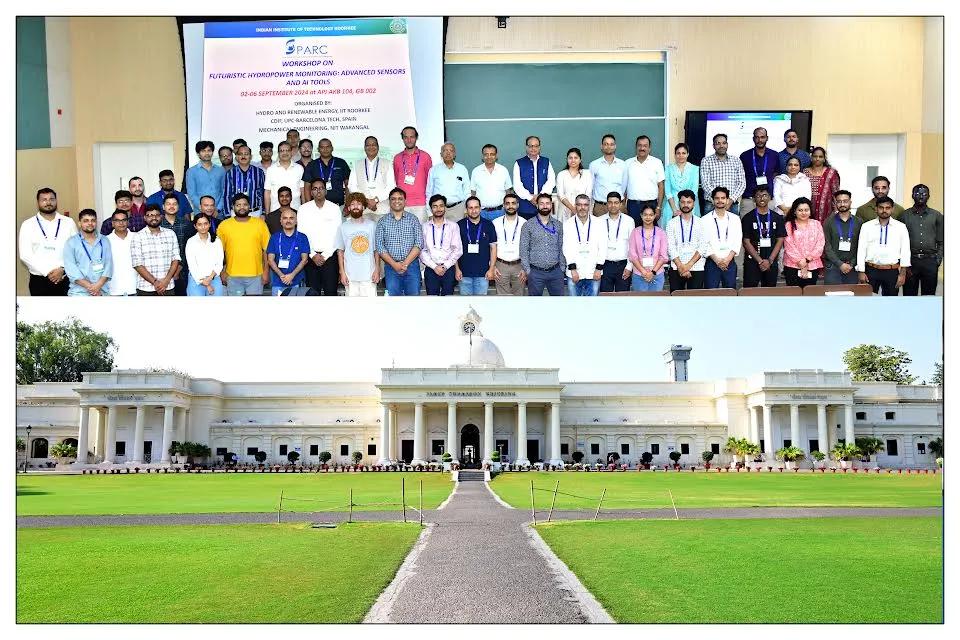New Delhi: The US space agency is set to receive historic asteroid sample delivery on September 24, becoming the first-ever mission to return an asteroid sample to Earth.
NASA's OSIRIS-REx spacecraft is cruising back to Earth with a sample it collected from the rocky surface of asteroid Bennu.
After seven years in space, including a nail-biting touchdown on Bennu to gather dust and rocks, this intrepid mission is about to face one of its biggest challenges yet: deliver the asteroid sample to Earth while protecting it from heat, vibrations, and earthly contaminants.
"Once the sample capsule touches down, our team will be racing against the clock to recover it and get it to the safety of a temporary clean room," said Mike Moreau, deputy project manager at NASA's Goddard Space Flight Center in Greenbelt, Maryland.
Over the next six months, the OSIRIS-REx team will practice and refine the procedures required to recover the sample in the state of Utah and transport it to a new lab built for the material at NASA's Johnson Space Center in Houston, Texas.
There, scientists will unpack the sample, distribute up to a quarter of it to the OSIRIS-REx science team around the world for analysis, and curate the rest for other scientists to study, now and in future generations, NASA said in a statement.
Asteroids are the ancient materials left over from the original era of planet formation and may contain molecular precursors to life.
Scientists have learned a great deal from studying asteroid fragments that have naturally reached the ground as meteorites. But to understand whether asteroids played a role in delivering these compounds to Earth's surface over 4 billion years ago, scientists need a pristine sample from space, free from terrestrial contaminants.
The return to Earth of samples from asteroid Bennu will be the culmination of a more than 12-year effort by NASA and its mission partners but marks the beginning of a new phase of discovery. —IANS

